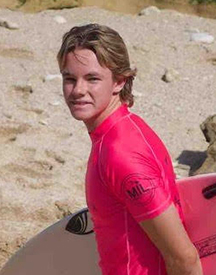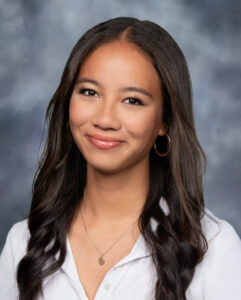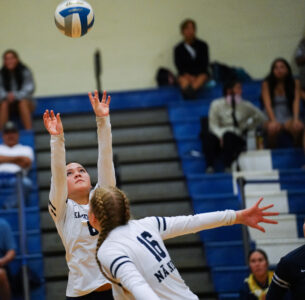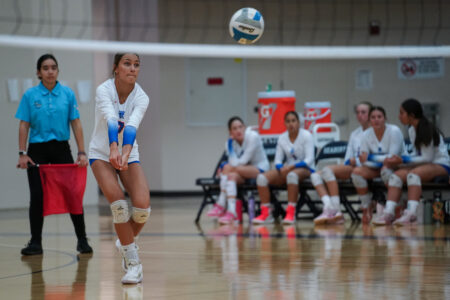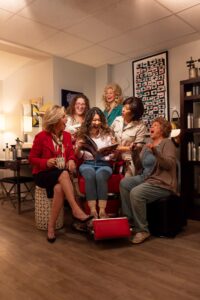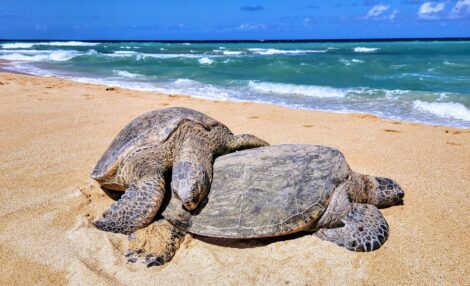Drum donation reaffirms Maui-Japan taiko connection
KAHULUI -When Hisakatsu Yokoyama wrote his name and date last week in the taiko drum body he donated to a Maui taiko group, it marked another link in the Maui-Japan connection forged through taiko since the 2011 Japanese tsunami.
The taiko drum maker from Fukushima, Japan, learned that Maui Taiko made its drums when he and others from the disaster-stricken area visited Maui for a 2013 Mahalo Concert hosted by the group at Lahaina Jodo Mission.
So, after deciding to retire from 23 years of drum-making because he could no longer use his workshop in a radiation zone, Yokoyama had one of his remaining drums shipped to Maui Taiko.
“I’m always amazed at how life presents itself in full circles,” said Kay Fukumoto, president of the 45-member Maui Taiko drum ensemble that befriended Japanese taiko groups during its 2012 Aloha Tour to disaster-stricken areas of Fukushima. “I’m just amazed sometimes at how things happen.”
Yokoyama’s drum, valued at $5,000 to $10,000, will be completed to become the group’s first solid body drum, Fukumoto said.
She said used red wine barrels from Napa Valley, Calif., were used to make the group’s other 18 drums.
Yokoyama, who returned to Maui last week for a visit, said it took him four years to create the drum body from wood of the keyaki tree, which is supposed to be the best for making taiko.
He would repeat the process of carving, then drying the wood, making sure to continue the carving before the wood became totally dry and trimming as the shape would keep changing, Yokoyama said through Japanese interpreter Ai Iwane, a professional photographer.
After his first visit to Maui last year, Yokoyama said he wanted to see a bon dance in Hawaii one more time. He and Haruo Imaizumi shared their obon song “Soma Bon Uta” at the Mantokuji Soto Zen Mission obon festival in Paia on Friday and Saturday nights.
The two had wanted to return for the Lahaina Jodo Mission’s obon, but the timing wasn’t right.
As it turned out, the Paia mission has the largest number of families from Fukushima among Buddhist congregations on Maui, Fukumoto said.
“This was meant to be,” she said.
Before the performances, both men said they were nervous. Yokoyama wondered whether some in the crowd would know their song and might have common ancestors.
Yokoyama is president and Imaizumi is vice president of Shineha Sendan Taiko, which they helped start 24 years ago in the town of Futaba, where the Fukushima Daiichi nuclear power plant is located.
When the earthquake hit, Imaizumi’s job as head of security was to make sure all the workers were evacuated from the plant. He was the last to leave. Two minutes later, he said, the tsunami hit the plant. From the mountain, the evacuated workers “saw the tsunami coming,” he said, with Iwane interpreting for him.
After struggling with what happened and having to leave Futaba because of contamination, Imaizumi said he now believes that continuing in taiko helped him survive.
“The group had a bond through taiko,” he said. “Taiko is a group thing, so you have to be a cooperative person. The good performers sound like one. That comes from the relationship from the group and the bond. Taiko is round, so you have to be round in the circle.”
Unable to return to their homes in Futaba, which is on the coast, Imaizumi and Yokoyama now live in Motomiya, which is in the mountains about 40 miles away.
Imaizumi said he hadn’t been to the ocean since the tsunami until Thursday, when he and Yokoyama went snorkeling at a Kapalua beach.
Afterward, at Fukumoto’s home in Kahului, Yokoyama wrote his name inside the taiko body.
Fukumoto said that the gift has parallels to the story of Japanese-American culture and history told in the documentary “Great Gandfather’s Drum,” which centers on Maui Taiko, which was formed by Fukumoto’s family.
Her mother is a picture bride from Fukushima.
“This gift of this taiko is the next step in allowing us to honor our connection with Fukushima and move forward,” Fukumoto said. “This taiko would probably outlive us and be able to continue the tradition. We honor the gift as being very precious.”
Fukumoto’s husband, Ronald, who is Maui Taiko’s self-taught drum maker, got some instructions from Yokoyama on how to prepare the taiko body by doing more carving before skinning the drum.
Imaizumi and Yokoyama also helped with the repair of the Lahaina Jodo Mission taiko, built in 1930.
Yokoyama said he would return to see the drum once it’s completed.
He thanked those on Maui and elsewhere who have shown support in the years since the disaster and have helped his group continue in the taiko tradition.
“The taiko connection is the greatest thing,” Yokoyama said.
* Lila Fujimoto can be reached at lfujimoto@mauinews.com.

